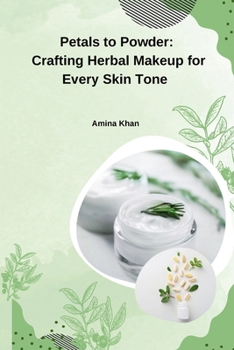Petals to Powder: Crafting Herbal Makeup for Every Skin Tone
There has been a dramatic movement in recent years toward a demand for natural and environmentally friendly goods. This pattern has had a large effect on the cosmetics and beauty industry, in addition to the food and clothing industries. The meteoric rise in popularity of natural cosmetics is one indicator of the success of this trend. The demand for herbal cosmetics has skyrocketed as consumers become increasingly cautious about the substances they use on their skin. This article analyzes the numerous components of the rising herbal cosmetics craze, diving into its origins, key traits, benefits, obstacles, and the broader ramifications for the beauty business.
Where Did Herbal Makeup Come From?
Herbal makeup began as a reaction to the widespread concerns about the safety of conventional cosmetics' use of synthetic components. Parabens, sulfates, and phthalates have been linked to a variety of skin problems, and consumers are starting to take notice. Many people are now looking into herbal and natural remedies as a result of this newfound consciousness.
Herbal makeup is influenced by the centuries-long history of diverse cultures' usage of natural treatments and botanical extracts for their curative and esthetic effects. Ingredients like aloe vera, chamomile, lavender, and green tea have become standard in herbal cosmetics formulations, offering a gentle and loving approach to beauty.
Important Features of Herbal Cosmetics:
Herbal cosmetics are defined by their use of all-natural, plant-based components. These formulations are generally preferred by those with sensitive skin because they do not contain synthetic additives, preservatives, or scents.





